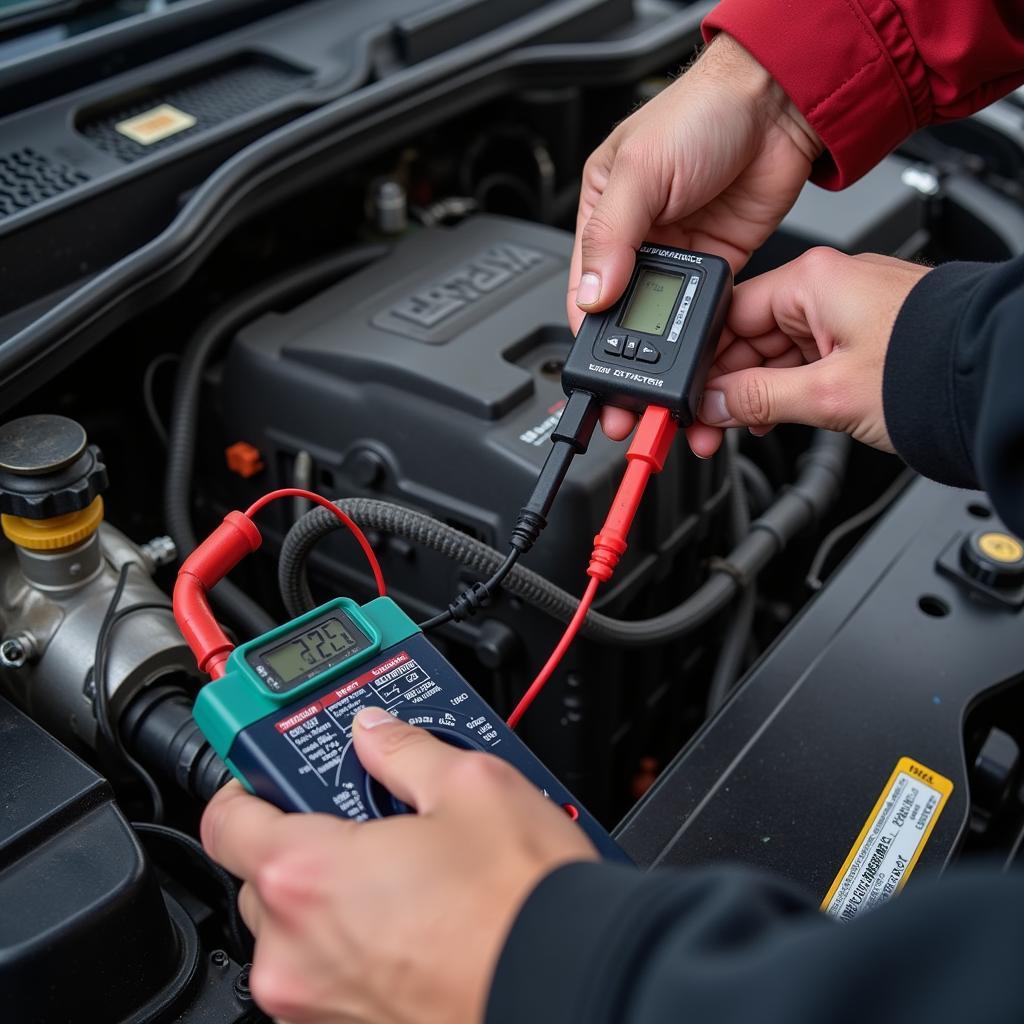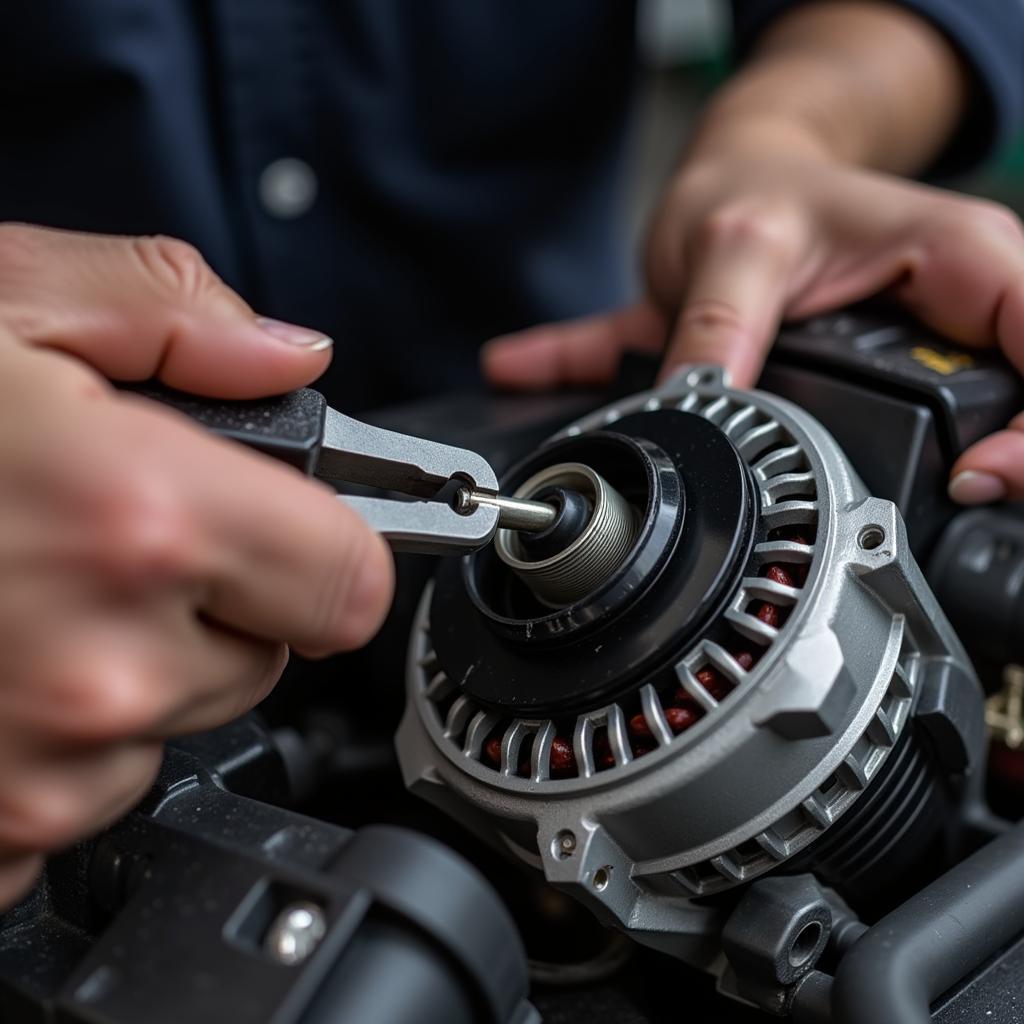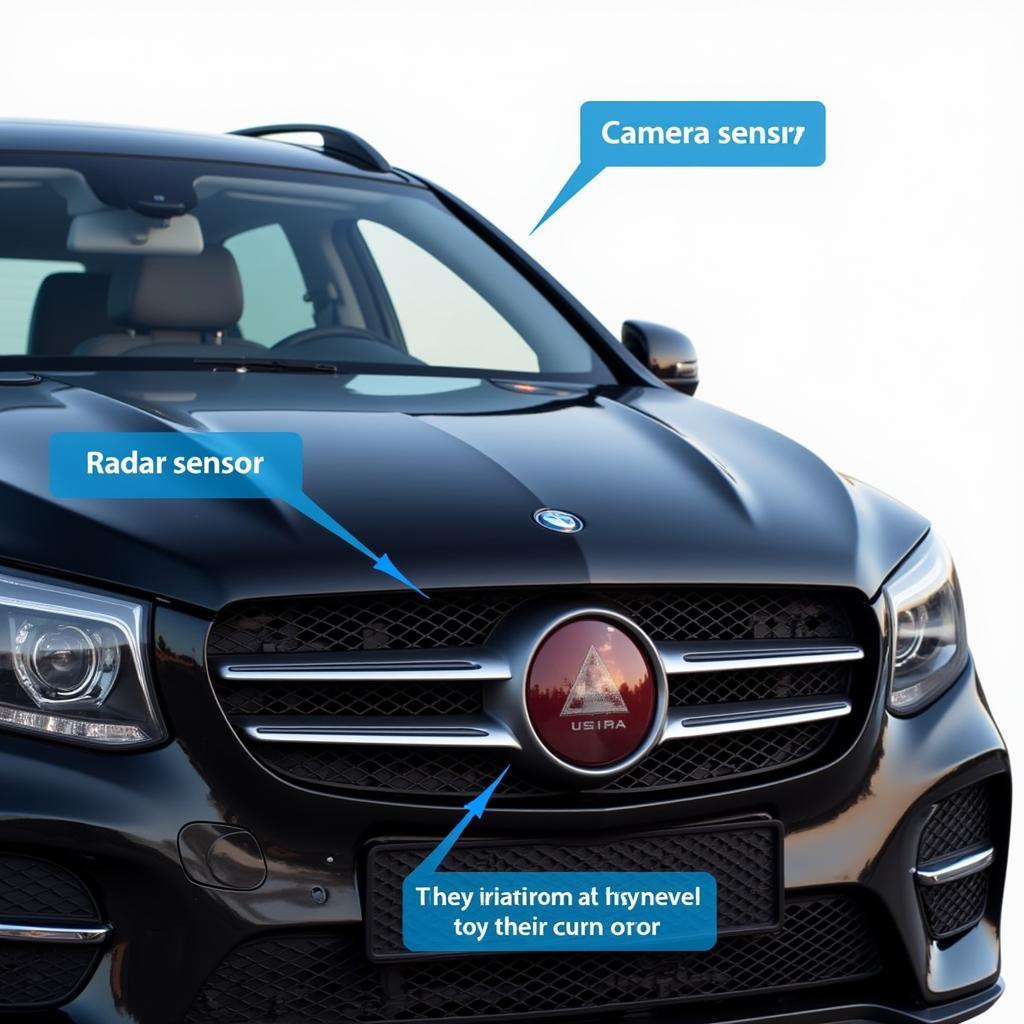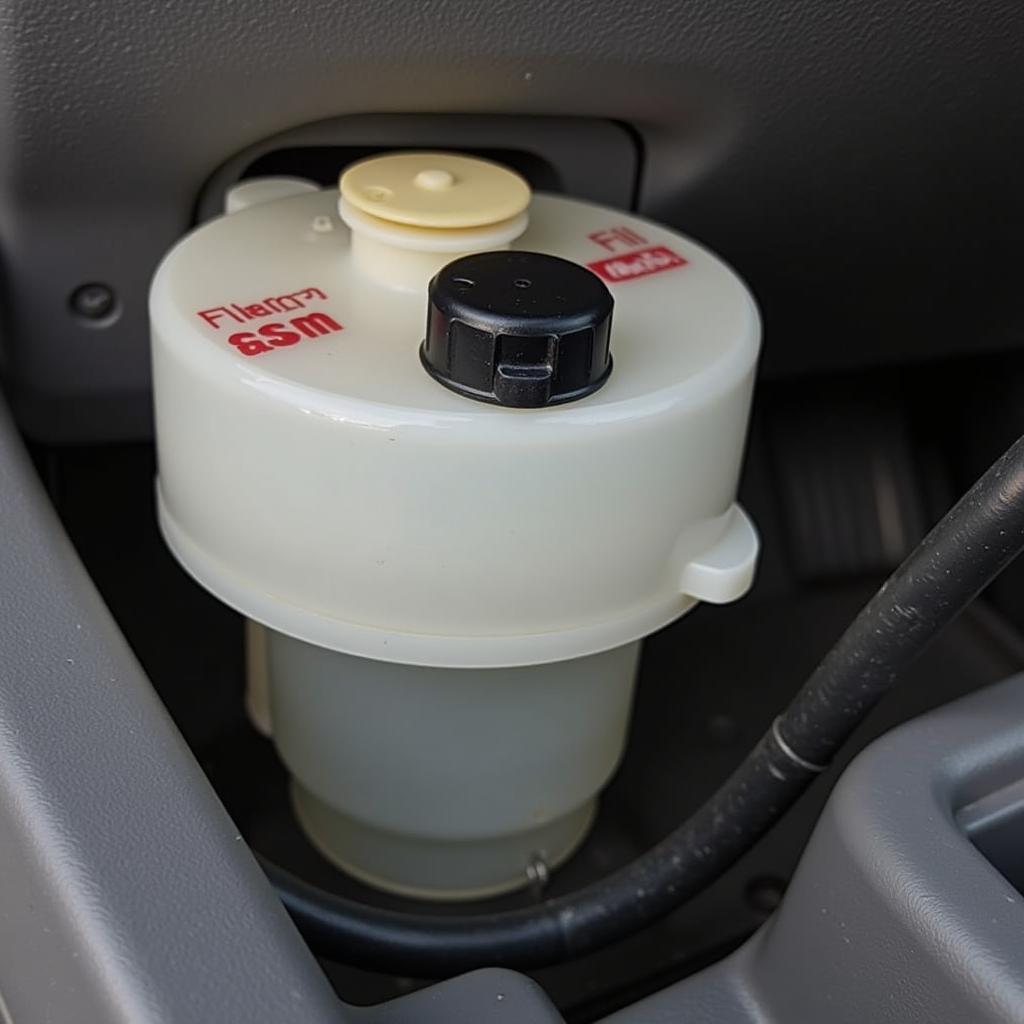A dead battery in your Buick Verano can be incredibly frustrating. Whether it’s a slow drain overnight or a sudden loss of power, a “Buick Verano battery drain” issue needs to be addressed promptly. This article provides a comprehensive guide to diagnosing and resolving battery drain problems in your Buick Verano.
Understanding Buick Verano Battery Drain
Battery drain occurs when something in your vehicle continues to draw power even when the ignition is off. This can range from a simple interior light left on to a more complex electrical fault. Identifying the source of the drain is crucial to preventing future occurrences.
Common Causes of Battery Drain in a Buick Verano
Several factors can contribute to a Buick Verano battery drain. These include:
- Parasitic Draw: This is a common culprit, referring to the small amount of current that certain components continue to draw even when the car is off. Examples include the radio, clock, and security system. A faulty component can draw excessive current, leading to a drained battery.
- Faulty Alternator: While the alternator charges the battery while the engine is running, a malfunctioning alternator can fail to charge properly or even drain the battery.
- Bad Battery: An aging or damaged battery may not hold a charge effectively, leading to symptoms similar to a battery drain.
- Interior Lights: Leaving interior lights, glove box lights, or trunk lights on can drain the battery, especially overnight.
- Aftermarket Accessories: Incorrectly installed or faulty aftermarket accessories, such as stereos or alarms, can draw excessive power.
Diagnosing a Buick Verano Battery Drain
Pinpointing the source of the drain requires a systematic approach. Here’s a step-by-step guide:
- Test the Battery: First, ensure the battery itself is in good condition. Have it tested at an auto parts store or by a mechanic.
- Check for Obvious Drains: Inspect the interior and exterior lights, making sure everything is turned off.
- Perform a Parasitic Draw Test: This test involves using a multimeter to measure the current draw with the ignition off. This requires some technical knowledge, so consult a mechanic if you’re unsure.
- Isolate the Circuit: If the parasitic draw test reveals excessive current draw, systematically remove fuses one by one while monitoring the multimeter reading. A significant drop in current indicates the circuit containing the faulty component.
 Buick Verano Battery Test
Buick Verano Battery Test
Using a Multimeter to Detect a Parasitic Draw
Using a multimeter is a crucial step in diagnosing a parasitic draw. Here’s how:
- Set the multimeter: Set your multimeter to the DC amps setting.
- Disconnect the negative battery cable: Carefully remove the negative cable from the battery terminal.
- Connect the multimeter: Connect the red lead of the multimeter to the negative battery terminal and the black lead to the disconnected negative battery cable.
- Observe the reading: The multimeter will display the current draw. A reading above 50 milliamps (0.05 amps) generally indicates a parasitic draw.
Fixing the Buick Verano Battery Drain
Once you’ve identified the source of the drain, fixing it can involve several approaches:
- Replacing a Faulty Component: If a specific component is drawing excessive current, replacement is usually the solution. This could involve replacing a faulty door switch, a malfunctioning radio, or a defective relay.
- Repairing Wiring Issues: Damaged wiring can cause shorts and drains. Inspecting and repairing wiring harnesses can resolve the problem.
- Disconnecting Aftermarket Accessories: If an aftermarket accessory is suspected, disconnect it to see if the drain stops.
- Replacing the Battery or Alternator: If the battery or alternator is faulty, replacement is necessary.
 Buick Verano Alternator Replacement
Buick Verano Alternator Replacement
Preventing Future Battery Drain Issues
- Regularly Inspect Your Battery: Check for signs of corrosion or damage.
- Be Mindful of Interior Lights: Double-check that all lights are off when exiting the vehicle.
- Professional Installation of Aftermarket Accessories: Ensure any aftermarket accessories are installed correctly by a qualified technician.
Buick Verano Battery Drain: Expert Insights
“A common mistake people make is assuming a dead battery is always a bad battery,” says automotive electrical expert, John Smith, ASE Certified Master Technician. “Often, it’s a parasitic draw slowly draining the battery over time. A simple test with a multimeter can save you time and money.”
Conclusion
A “Buick Verano battery drain” can be a nuisance, but with a systematic approach to diagnosis and repair, you can get your car back on the road quickly. By understanding the common causes and following the steps outlined in this guide, you can effectively troubleshoot and resolve battery drain issues in your Buick Verano. Remember, regular maintenance and prompt attention to any electrical issues can prevent future battery problems and keep your Verano running smoothly.
FAQ
- How long should a Buick Verano battery last? Typically, a car battery lasts 3-5 years.
- Can extreme temperatures affect battery life? Yes, both extreme heat and cold can shorten battery life.
- What are the signs of a bad alternator? Dimming headlights, flickering interior lights, and strange noises from the engine compartment can indicate a failing alternator.
- How much does it cost to replace a Buick Verano battery? Battery replacement costs vary, but expect to pay between $100 and $200.
- Can I jump-start a Buick Verano with a dead battery? Yes, you can jump-start a Buick Verano, but follow proper safety procedures.
- Is it safe to drive with a parasitic draw? Driving with a parasitic draw can lead to a dead battery and leave you stranded.
- How can I prevent my Buick Verano battery from draining in the future? Regularly check your battery, ensure all lights are off when exiting the vehicle, and have aftermarket accessories professionally installed.



